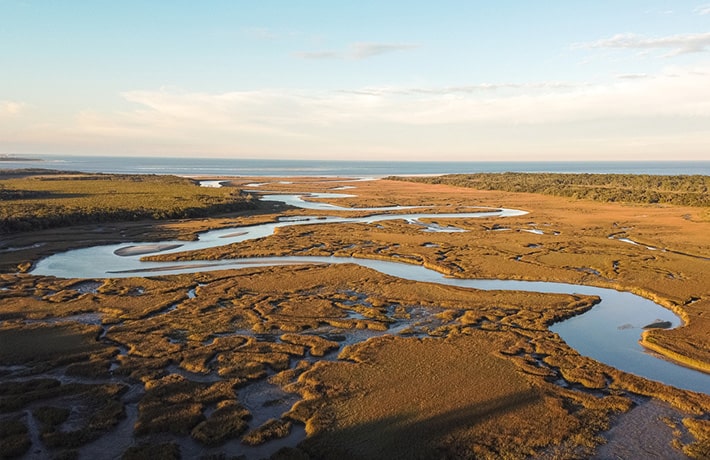U.S. Supreme Court to Take on WOTUS Definition
By: Ellen Hames

The U.S. Supreme Court recently announced that it will hear an appeal on a Waters of the U.S. (WOTUS) case in the case of Sackett v. U.S. Environmental Protection Agency. A decision from the Supreme Court will hopefully clarify the scope of WOTUS, which, though it is only a definitional gap, has far reaching impacts for what types of waters can be regulated and has an important impact here in Iowa as an agricultural state.
Understanding WOTUS
The term “waters of the United States” is found in the Clean Water Act, which prohibits the discharge of “any pollutant to navigable waters from any point source.” The Clean Water Act further defines navigable waters as “the waters of the United States, including the territorial seas” – but the definition of navigable waters itself does not define what “waters of the United States” means. The EPA and U.S. Army Corps is tasked with rulemaking to define WOTUS, and there have been many court cases over the years interpreting the rules.
The most recent Supreme Court case analyzing the matter was Rapanos v. United States, which resulted in a 4-1-4 split decision. Justice Kennedy’s concurring opinion proposed the “significant nexus” test – which says that a wetland must have a “significant nexus” to regulated waters to be considered waters of the U.S. Justice Scalia, in his dissenting opinion, proposed a narrower definition of WOTUS, requiring that a wetland must have a “continuous surface connection” to regulated waters.
What This Means Going Forward
With the make-up of the current Supreme Court, it is anticipated that the Court may rule to narrow the reach of the Clean water Act in Sackett vs. EPA. In this case, the Sacketts purchased vacant land in a residential subdivision near Priest Lake, Idaho. The lot is bounded by a county-owned road, with a drainage ditch on the other side of the road. The EPA and Army Corps asserted that the site contained “wetlands” subject to regulation under the Clean Water Act and a federal permit was required to continue the build. The Sacketts’ argue that their lot is bounded by roads and there is no continuous surface water connection to regulated waters. The Ninth Circuit ruled that the couple needed a Clean Water Act permit to build on their land based on the “significant nexus” test established in Rapanos – finding that the “EPA reasonably determined that the Sackett’ property contains wetlands that share a significant nexus with Priest Lake, such that the lot was regulable under the Clean Water Act and the relevant regulations.” The question presented in the Sacketts’ petition to the Supreme Court is “whether the Ninth Circuit set forth the proper test for determining whether wetlands are ‘waters of the United States’ under the Clean Water Act.” The facts in Sackett make it a prime case for the Court to ultimately clear up confusion over what WOTUS standard applies to determine the scope of the Clean Water Act.

